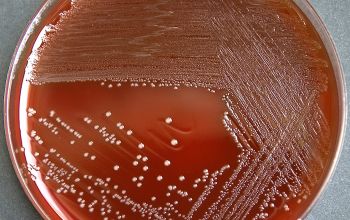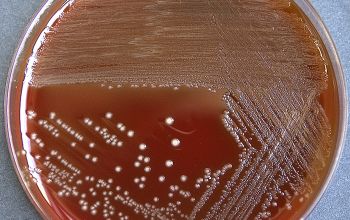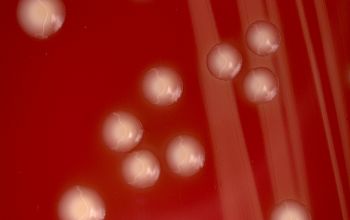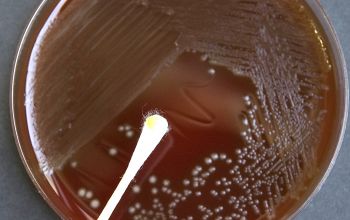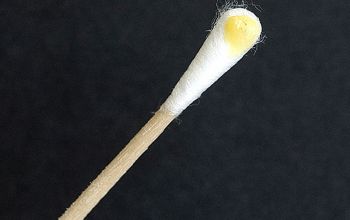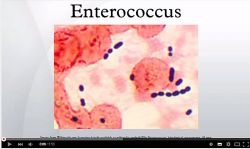Enterococcus casseliflavus
-
General information
The genus Enterococus is mainly related to the “streptococci of fecal origin” or “enterococci”.
Taxonomy
Family: Enterococcaceae / Group D Streptococcus Lancefield
Natural habitats.
They are widespread in nature and can be found in soil, plants, water, food and animals.
In humans, they are predominantly inhabitants of the gastrointestinal tract and are less commonly found in other sites, such as in the genitourinary tract, the oral cavity, and skin.
Enterococci are considered the most abundant gram positive cocci colonizing the intestine, with E. faecalis being one of the most common bacteria isolated from this site.
Other species, such as E. faecium, E. casseliflavus, E. durans, and E. gallinarum, are also found in variable proportions in the gastrointestinal tract of humans.
Clinical significance
The enterococci are commensal microorganisms that act as opportunistic agents of infections, particularly in elderly patients with serious underlying diseases and other immunocompromised patients who have been hospitalized for prolonged periods, have been treated with invasive devices and / or have received broad-spectrum antimicrobial therapy.
Enterococci have become the second or third leading cause of nosocomial urinary tract infections (UTI’s), wound infections (mostly surgical, decubitus ulcers, and burn wounds), and bacteremia.
Enterococcus gallinarum and Enterococcus casseliflavus/flavescens are enterococci intrinsically resistant to vancomycin belonging to the E. gallinarum group. They are responsible mainly for healthcare-associated infections, in particular bloodstream, urinary tract and surgical wound infections.
-
Gram stain
Gram positive diplo-cocci,
ovoid cells elongated in the direction of the chain,
occur singly, in pairs or short chains.
solid medium: cells are sometimes coccobacillary
liquid medium: cells tend to be ovoid and in chains
-
Culture characteristics
-
Facultative anaerobic
BA: after 24h, colonies are 1 to 2 mm, greyish, circular, smooth and have a yellow pigment.
The yellow pigment, is even more apparent when using a cotton stick and scrape the colonies together.
McConkey: growth with dark red colonies
BBAØ: growth
-
-
Characteristics
-
References
James Versalovic et al.(2011) Manual of Clinical Microbiology 10th Edition
Karen C. Carrol et al (2019) Manual of Clinical Microbiology, 12th Edition


